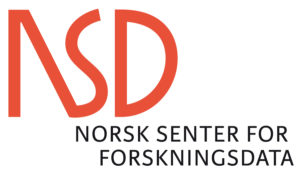Abstract:
This publication presents the development and validation of a digital twin for an airport security X-ray imaging system. The core three-dimensional models of baggage and prohibited items were meticulously created using Blender 3D. These models were then integrated into the Unity 3D game engine, which served as the platform for generating the synthetic X-ray visuals. A critical component of this work was the creation of a custom shader script written in the High-Level Shading Language (HLSL) to accurately simulate the physics-based principles of X-ray absorption and material discrimination. This shader replicates the characteristic color-coding of organic and inorganic materials found in real security scanners. The output from this digital twin was qualitatively compared against real-world images obtained from a Krystal Vision X-Ray Baggage Scanner. The results demonstrate a significant visual similarity between the synthesized and real X-ray images, confirming the feasibility of using this approach for generating large-scale, annotated datasets. This digital twin provides a valuable tool for the advanced training of security personnel and the development of automated threat detection algorithms without the logistical constraints of physical scanner access.





